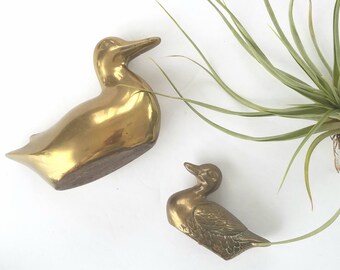
Once the Brass or Copper is cleaned and prepared for ageing, you will need to use some Metal Colouring, Antiquing Fluid. To be 100% sure, once the metal is cleaned, dry using a paper towel and be careful not to handle them with your fingers, it is always best to wear gloves.Ģ. Ensure there is no grease, dirt, oil, including fingerprints on the metal as this can also affect the final finish. It is very important to remove all the finish so the patina can etch onto the metal.


This is usually done with very fine steel wool to remove any finish. Remove any lacquer or finish using paint stripper or abrasive solvents. The first thing you need to check, is to ensure is there is nothing on the metal. See the bottom of the post to what solution would be most suitable with your metal.ġ. This also works well on many other metals including mild steel, Zinc and bronze.
#ADDING PATINA TO BRASS HOW TO#
Guide on how to Age and Patina Copper or Brassīelow is a simple guide on how to Patina Copper or age Brass. It is used for ageing Copper and ageing Brass whilst leaving an antique looking patina, so is perfect when dealing with metals that you want to achieve that ‘antique look’. Priory polishes has developed a cold patination, antiquing fluid ideal for this purpose and it is extremely simple to use. When you buy new metal fittings, they can often look too shiny and garish but there is a very simple way to age and patina Copper or Brass along with other metal such as mild steel.


 0 kommentar(er)
0 kommentar(er)
